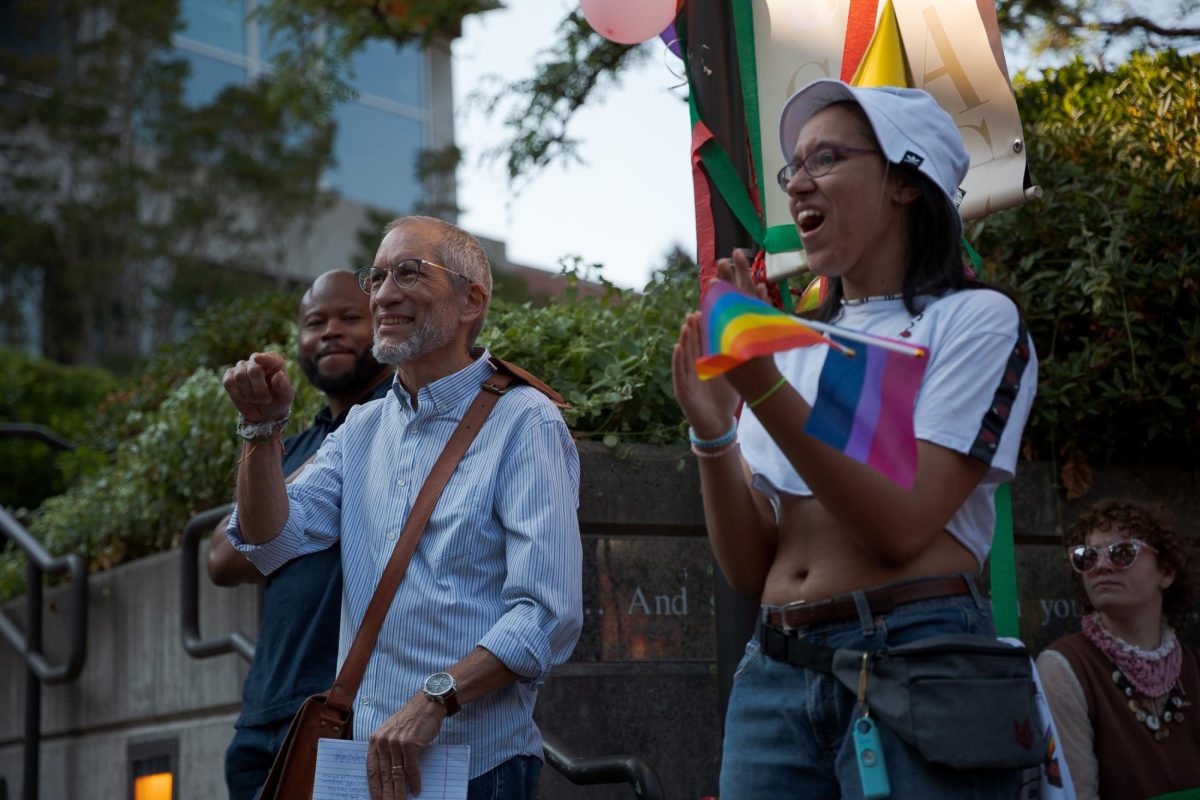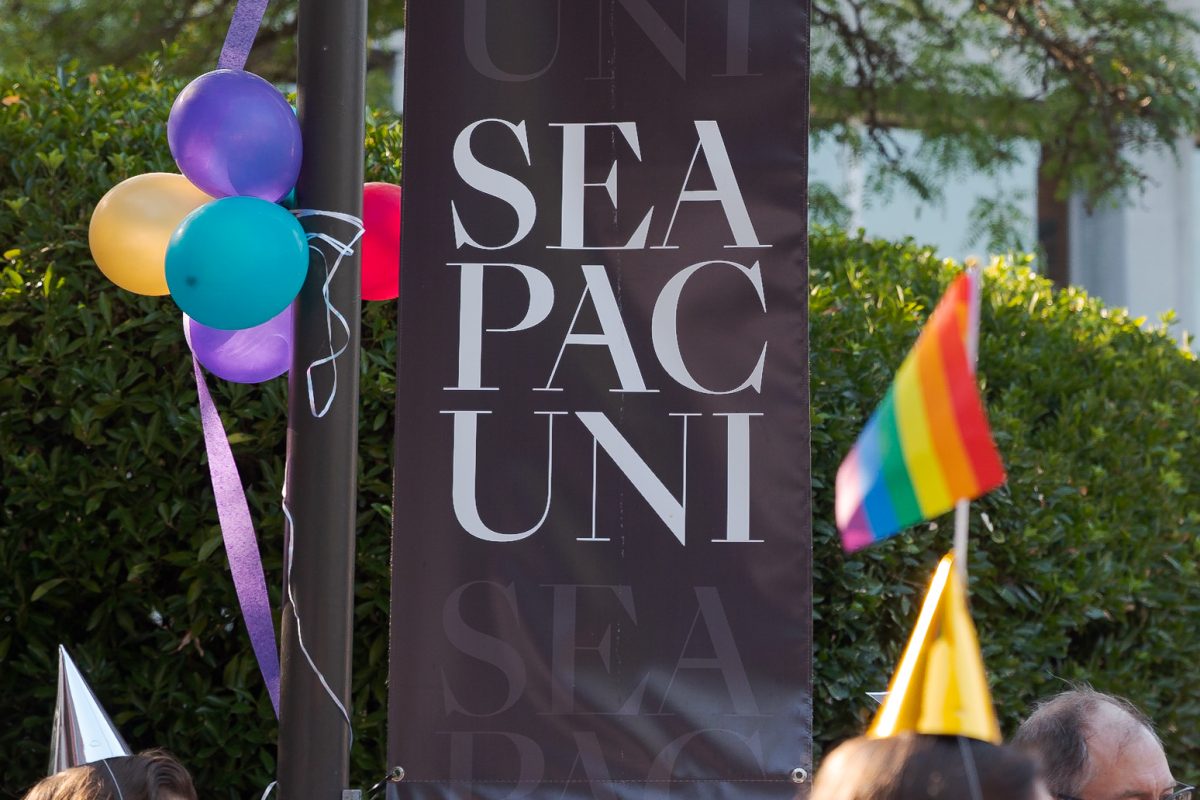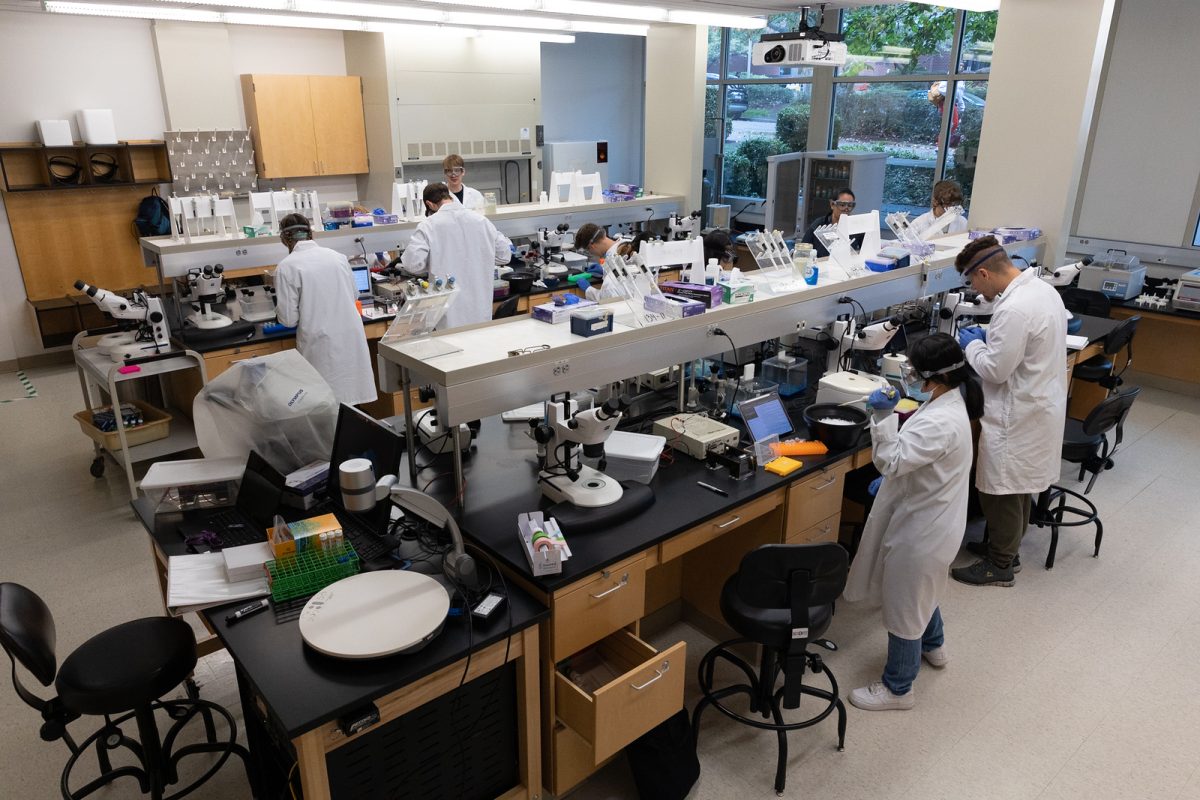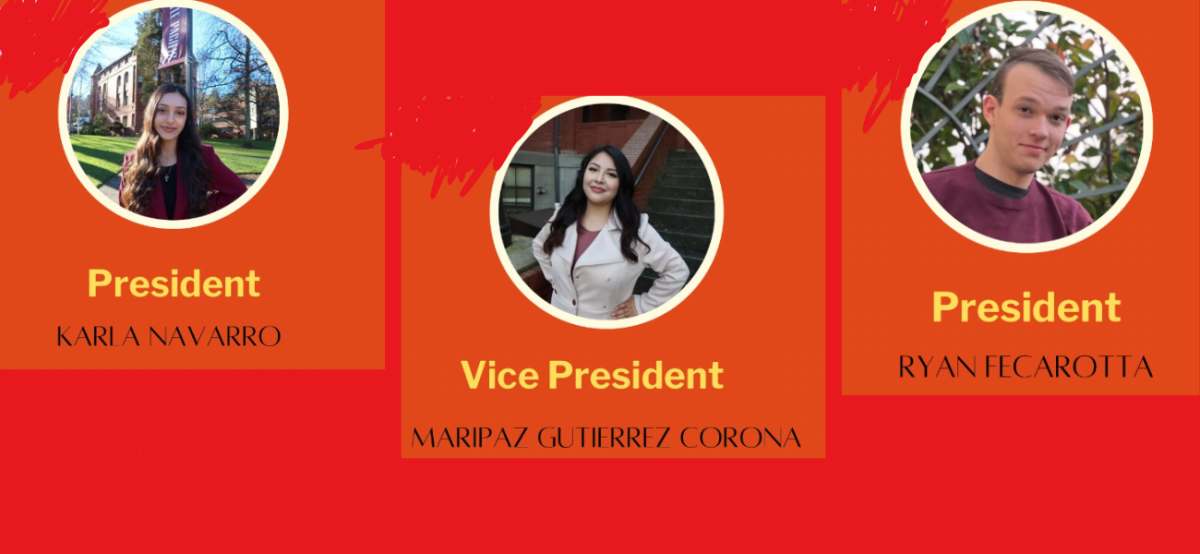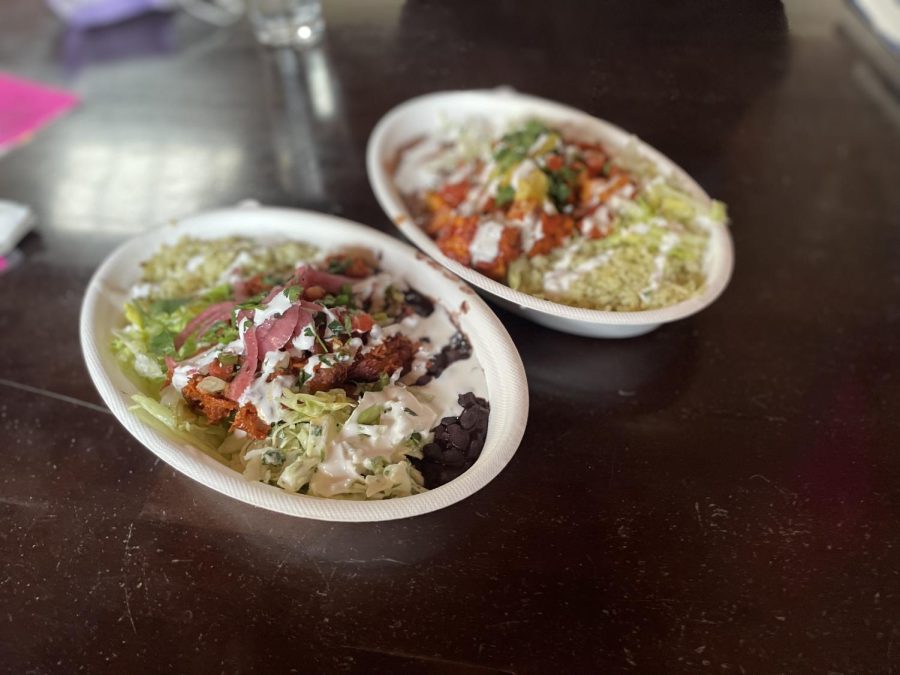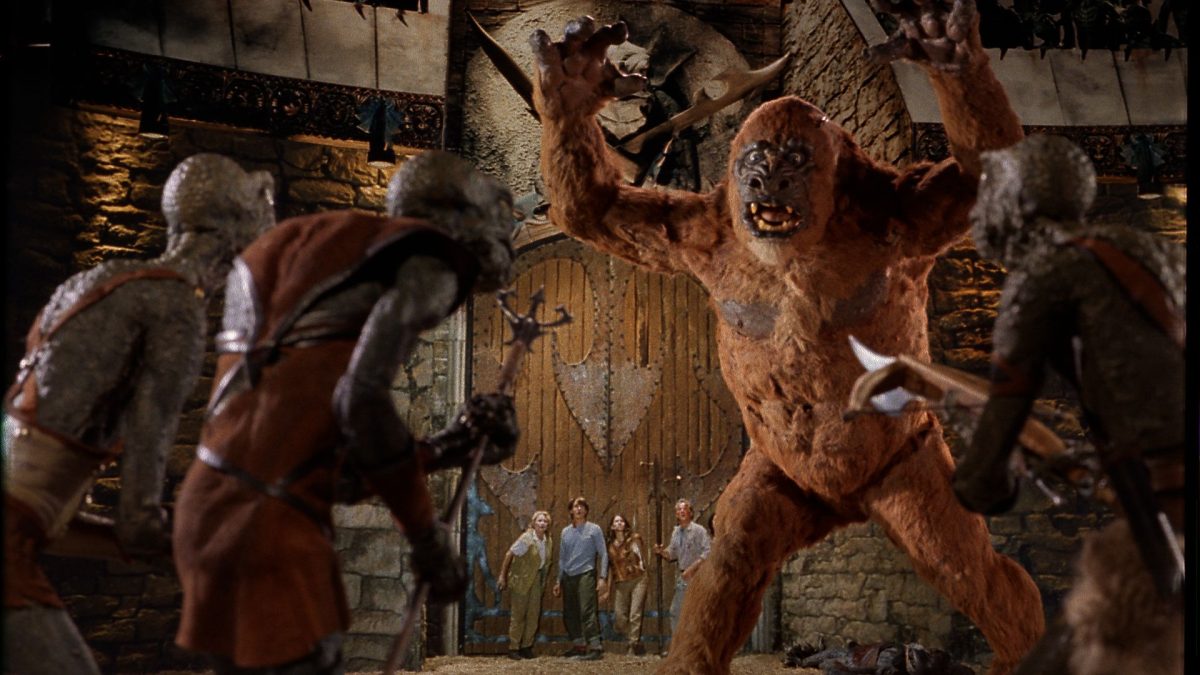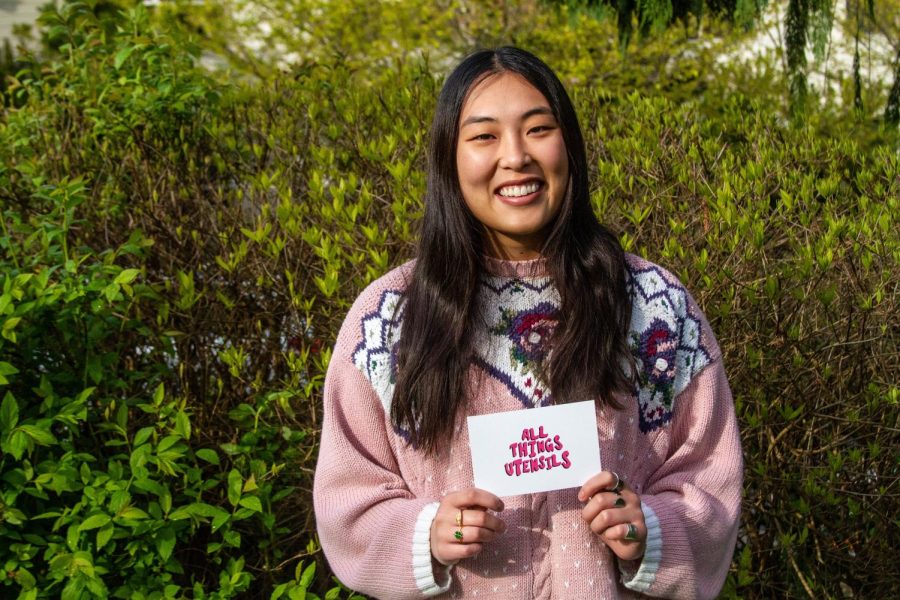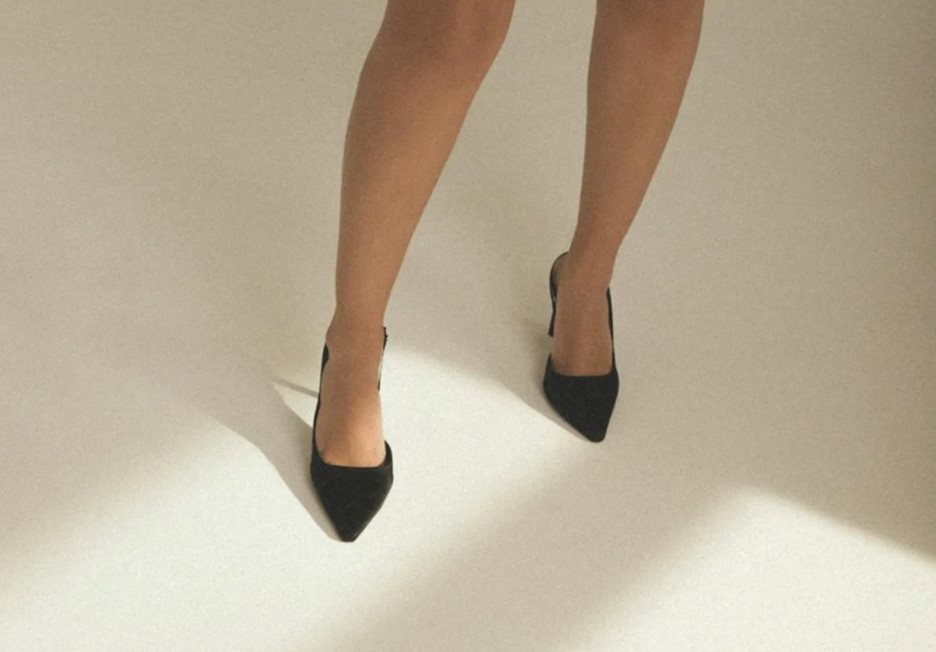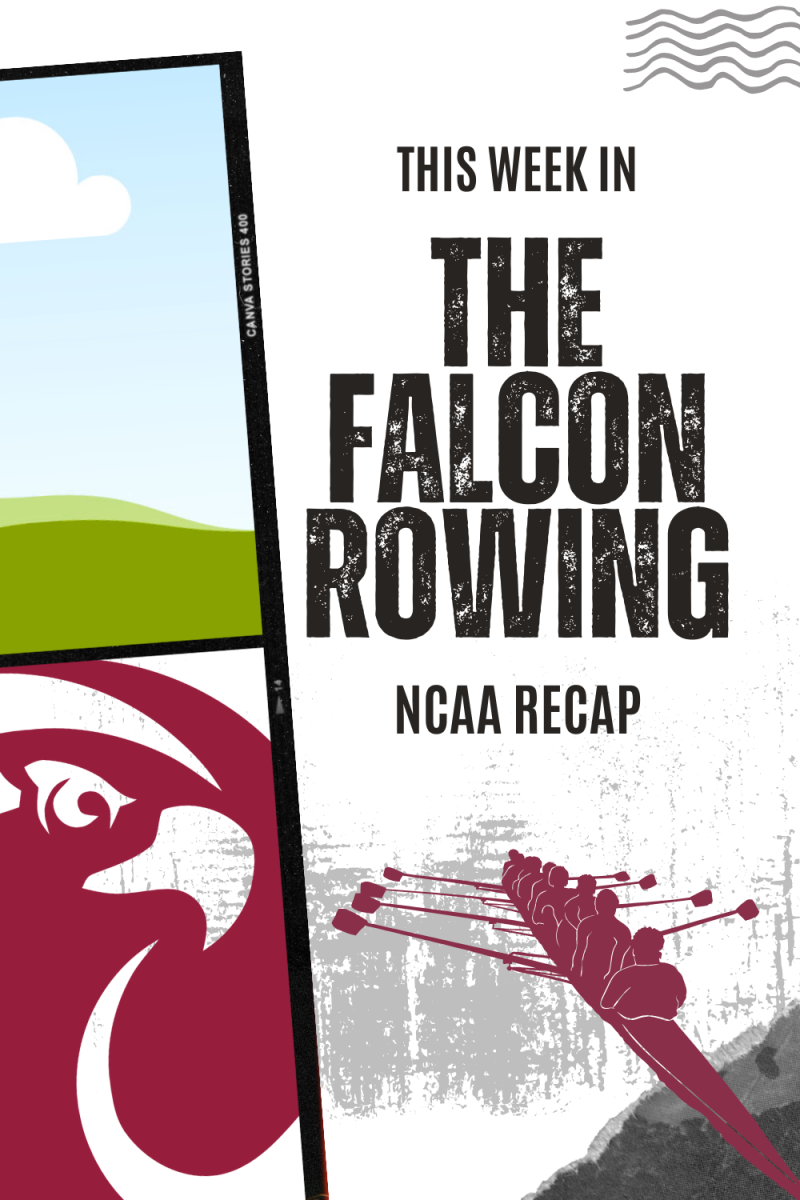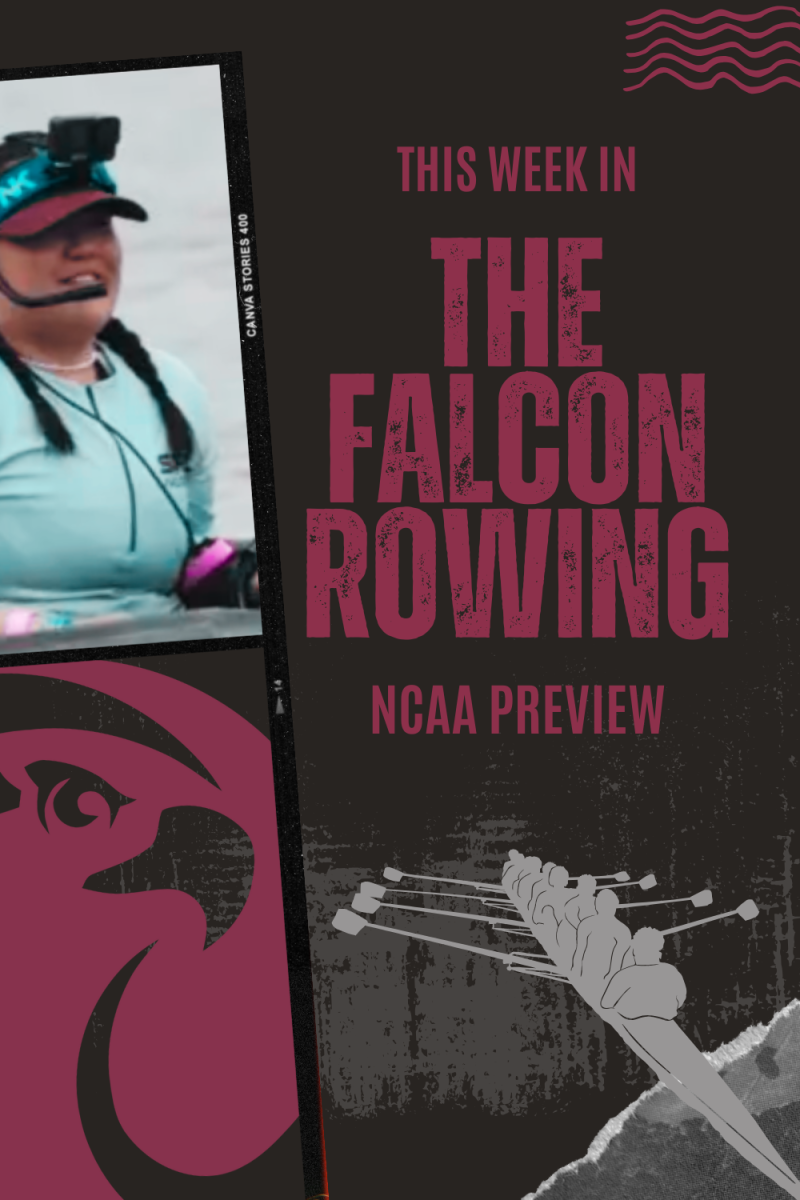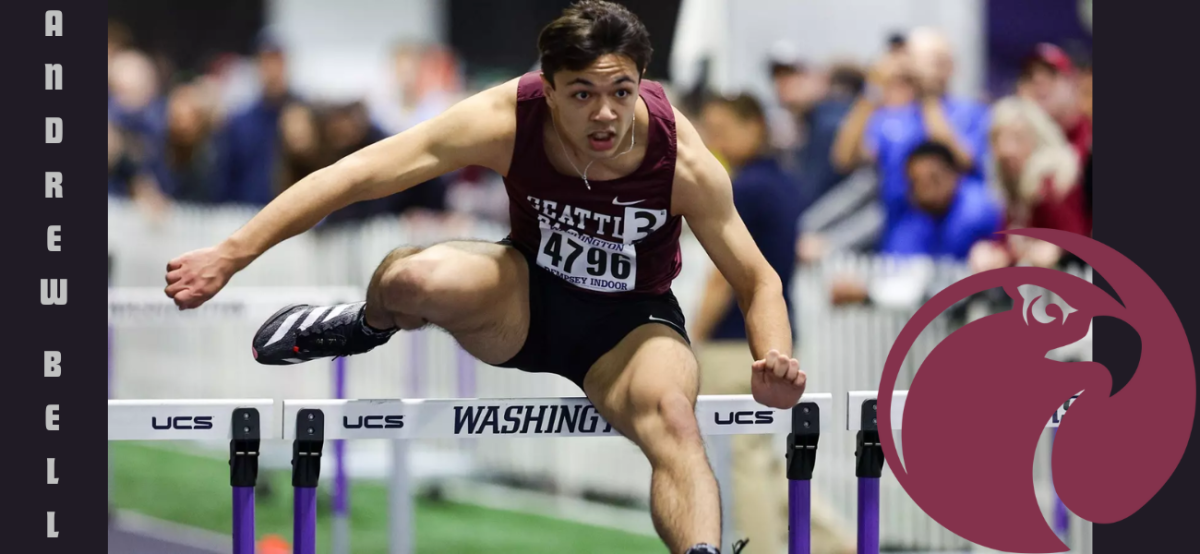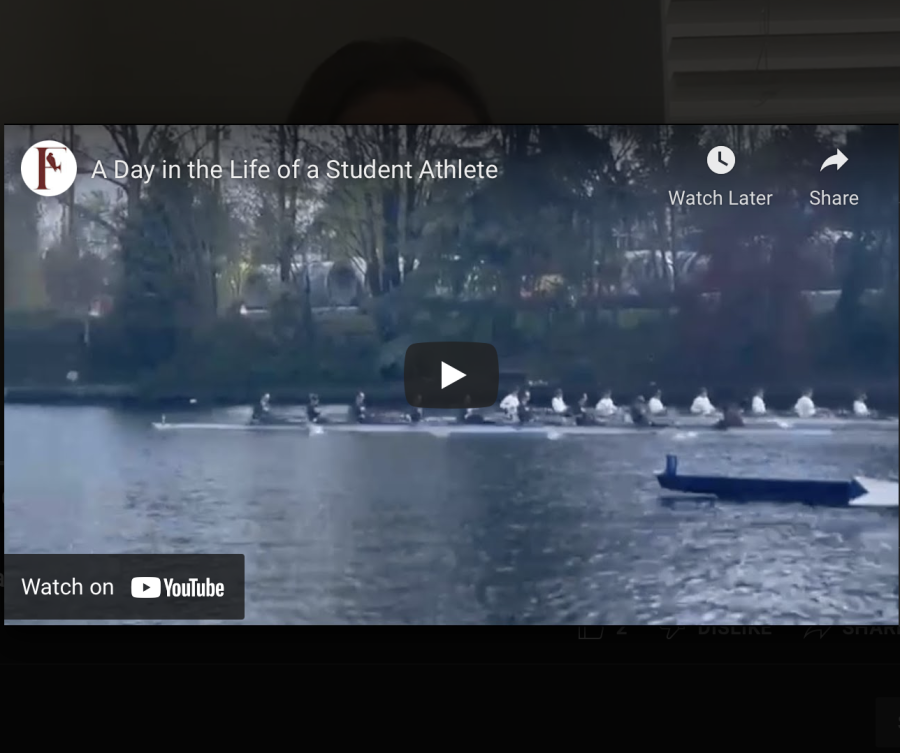
Being part of a team allows athletes to forge bonds and make connections with their teammates. While each of those is a special relationship, there is sometimes a particular pair on a team whose bond is well-known.
Head coach for the Seattle Pacific University women’s volleyball Jason Rhine appreciates one such connection between freshmen outside-hitter Coco Barnett and setter Avery Veenendall.
“They’re different in lots of ways, but they’re a fun pair to have on our team. One is a setter and one is a hitter, so it’s fun to see their ability to compete hard but also their ability to morph their way into our team dynamic as a whole,” Rhine said. “They’re freshmen coming into a team that has a lot of older players, but I think they’re helping each other to find their place in the team and not be as intimidated coming into a new group.”
Assistant coach for women’s volleyball Lindsey Calvin added further to how the pair contributes to team practice.
“They bring a fun lightheartedness and their sense of humor plays off each other well,” Calvin said.
Barnett, an apparel merchandising major, and Veenendall, a nutrition and dietetics major, explain their connection is largely due to their long history together. The pair played alongside each other in summer competitions and opposite each other throughout high school.
“We met in eighth grade at a summer camp,” Veenendall said. “We reconnected in junior year of high school. Before then, we never really talked. We just followed each other on Instagram.”
Besides their history, Barnett believes her ability to play with Veenendall comes from how similar they are.
“We both have the same outlook on volleyball: what we think about it, and how it impacts our lives. We want to have fun with it, but we both take it very seriously,” Barnett said. “It helps on the court because we have a deeper connection. We can talk about practice and what went well.”
Barnett further explained communication is a main component of their duo.
“We’re both really good communicators, and it would definitely be different if one of us wasn’t,” Barnett said. “Communication and trust are a big part of being able to live and play cohesively. As long as you can all communicate with each other, you’ll be able to form a dialogue and connect on a deeper level and play together better.”
Rhine elaborates how no two players work especially well in volleyball, but setters and hitters will often form strong bonds with each other.
“There’s not a pure pair in volleyball where you could say these particular two are always working together, but the setters and hitters can develop a special chemistry and bond to figure out what kind of ball can be set that the player can hit,” Rhine said. “That bond is … what makes us stronger [but] I don’t think any other setter and hitter on our team has quite that same quality of connection [as Barnett and Veenendall].”
Karen Byers, assistant coach for SPU women’s basketball, identified another connection between senior guard Hailey Marlow and junior forward Olivia Mayer. Byers believes their familiarity with each other is part of what makes them a good duo.
“[Marlow] and [Mayer] work well together,” Byers said. “Part of that is because of how long they’ve played together. They were friends growing up, and they have learned how to play together because they’ve been friends for so long.”
Byers also named fifth-year guard Hunter Beirne and junior center Schuyler Berry as another pair for women’s basketball
“[Beirne] is … who’s going to facilitate to [Berry], and [Berry] is … who’s going to get [Beirne’s] passes and to set up her plays,” Byers said. “What I really admire is their ability to recognize what the better play is. [Beirne] can realize in this play, Berry can dominate so she gives the ball to her rather than selfishly taking her own shot.”
While SPU’s style of play is more team-oriented as opposed to individual-modeled, Byers believes having duos is more beneficial for a whole team.
“When I coach, I want to look for matchups of players that work well together. You can see when two players work well, and I want to see more of them on the court,” Byers said. “You also see if these two players aren’t doing well and their rebounds are down. I’m not going to put those two on the court. It doesn’t mean they don’t get along in real life, but for some reason, their skills just don’t mesh well.”
Byers elaborates that matchups can also present as healthy rivalries, which only contribute to the team’s competitive spirit.
“I think duos work both ways. You can have a duo that advances the game and our season, but then you’ve got these rivalries that people flock to,” Byers said. “I would say that rivalry could be considered as competition, and we need healthy competition in our practices to make us better players … You have to be willing to be like, ‘I know you’re my friend off the court, but right now, since we’re at practice, I’m going to stop you.’”
Athletes and their teammates develop winning dynamics and special bonds. When a particular bond is forged between two players to a whole team, those bonds cause a chain reaction to everyone else on the court.
“They synergize, they bring out the best in each other [and everyone else], which I think is really special,” Calvin said.







